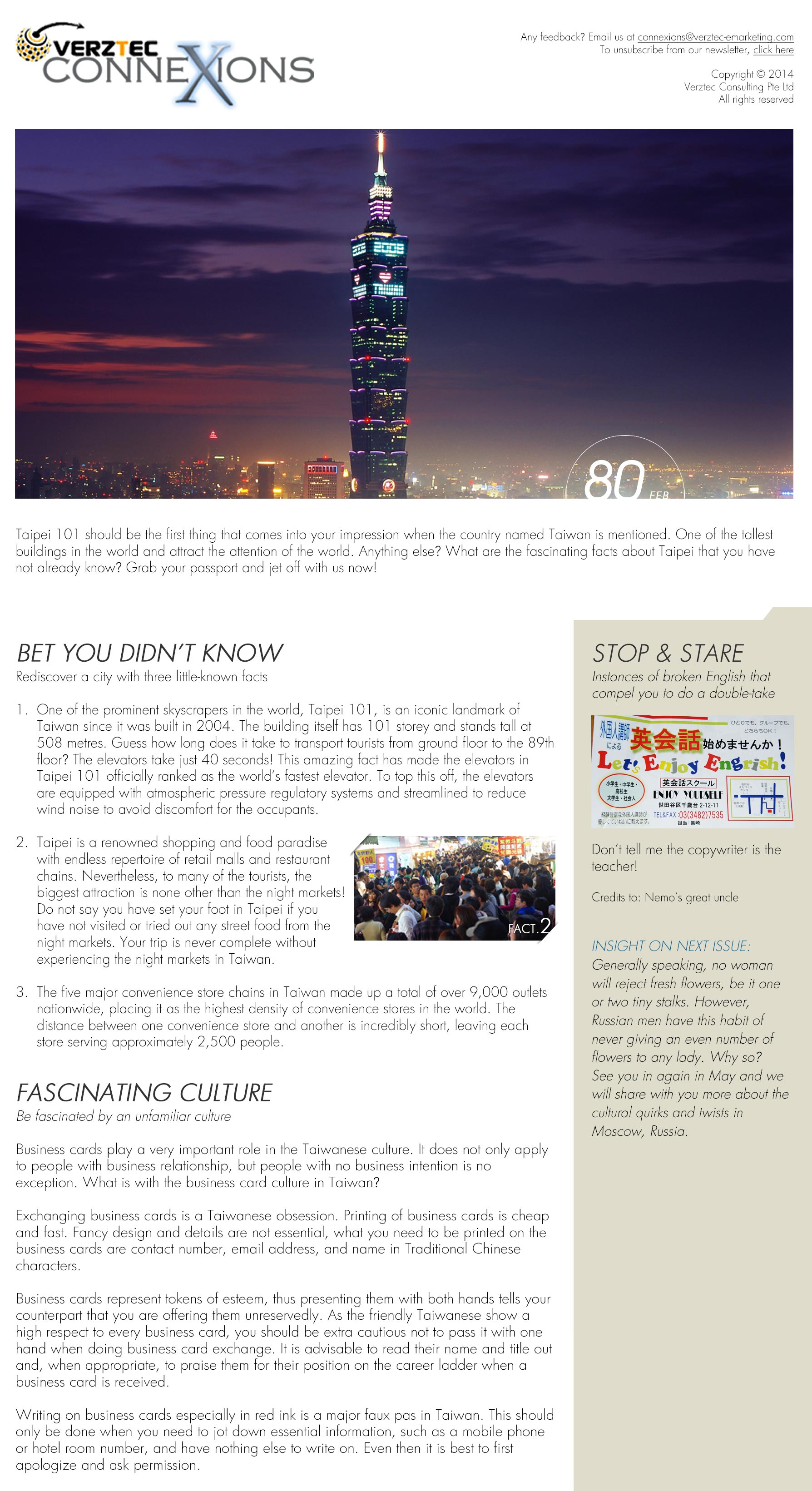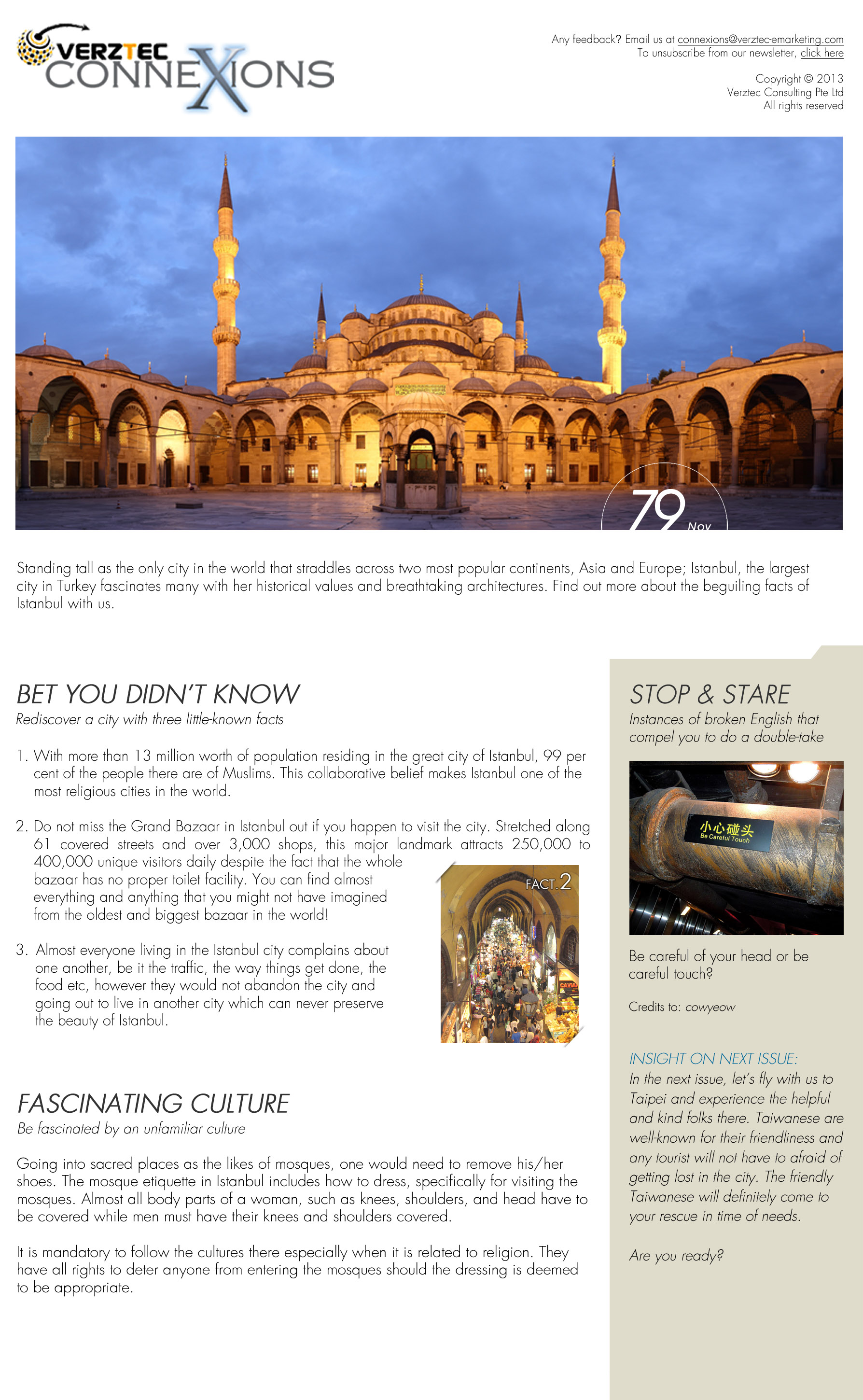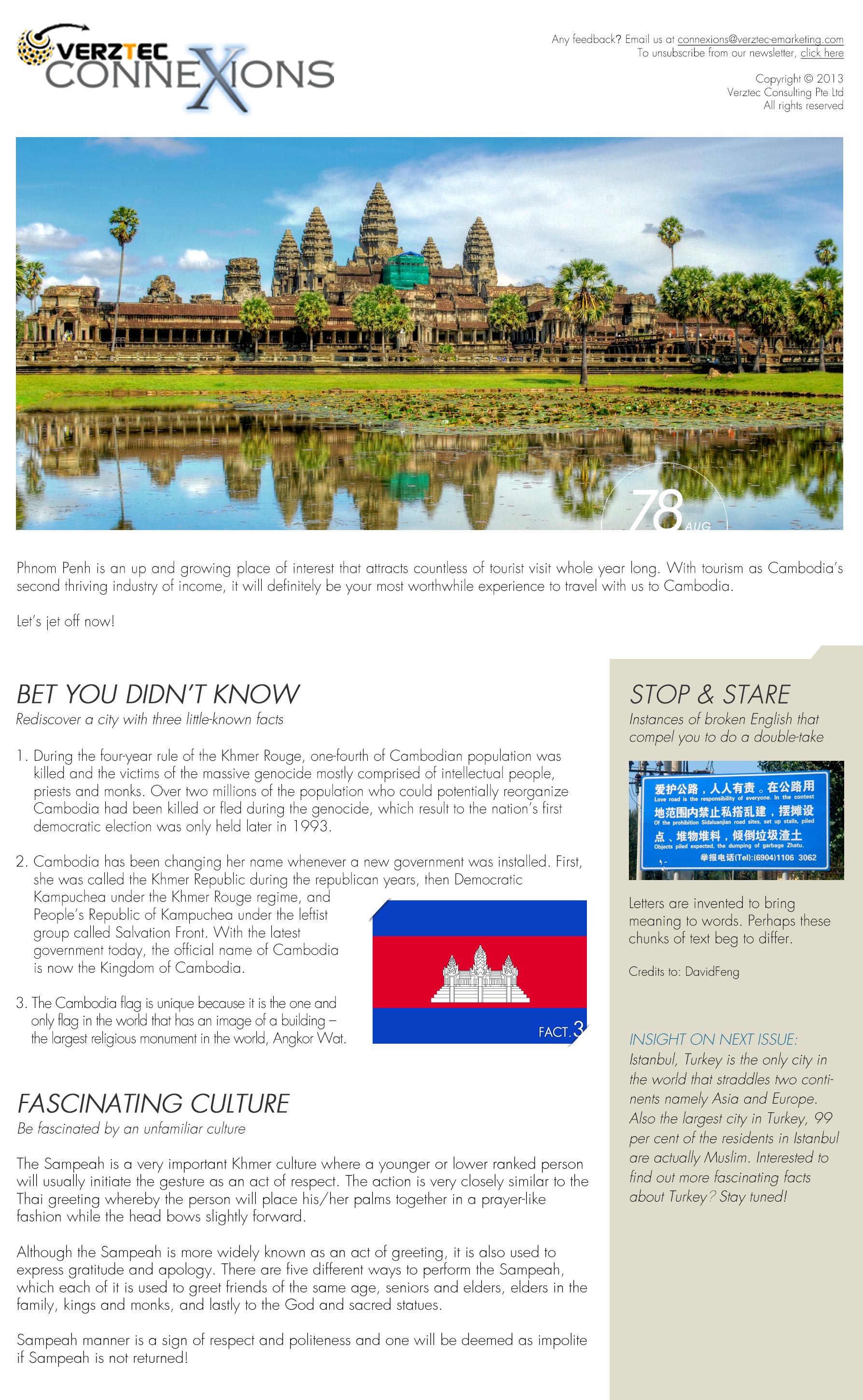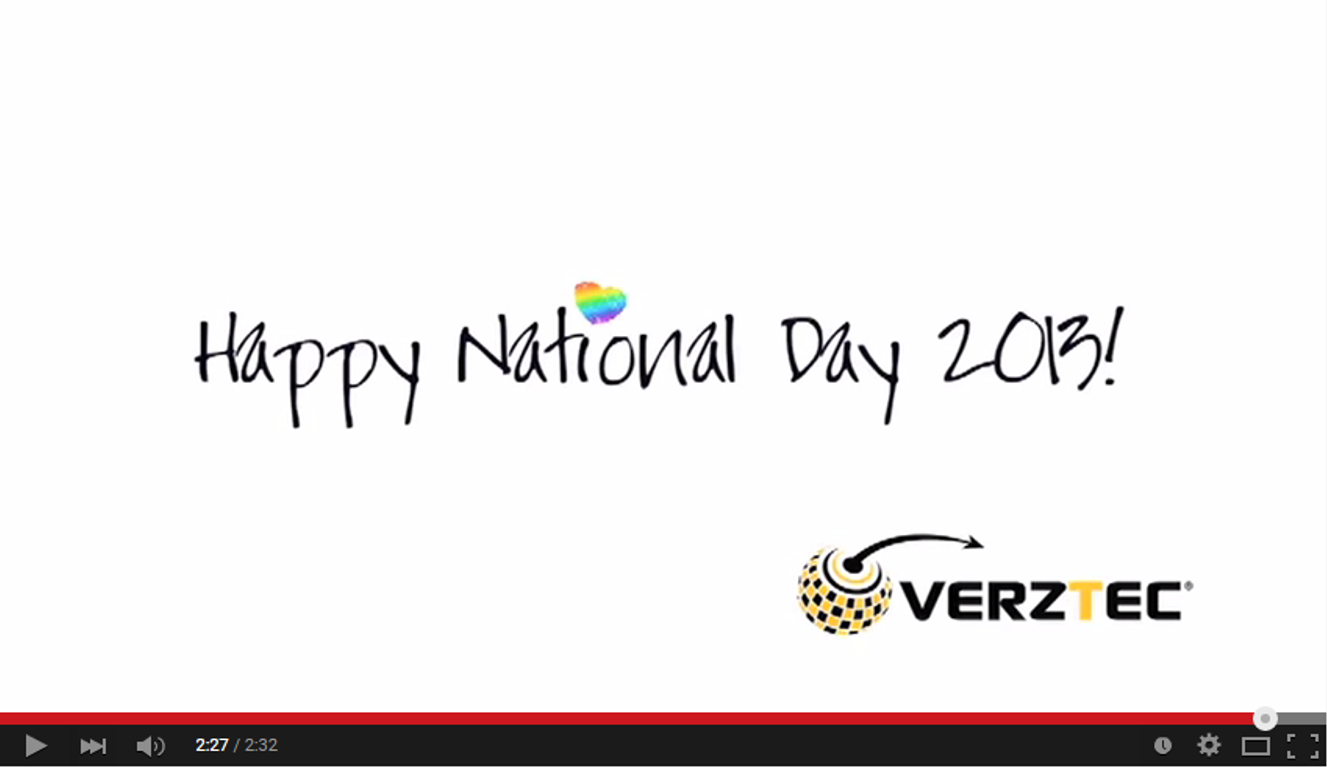Best-in-Class Websites Offer More Languages
There is a strong correlation between the ranking of companies on a particular list and the number of languages found on their websites. Whether the ranking is based on revenue (the Forbes Global 2000), brand value (the Interbrand 100 Best Global Brands), or website traffic (the Alexa Top 500 Global Sites), sites at the top of these lists consistently show a higher language count than those on the bottom. Two findings stand out:
• Bigger companies offer more language choices than smaller ones
• The most popular websites publish in more languages than less popular ones.
Bigger Companies Offer More Language Choices
When we visited the sites of the top 50 companies from the Forbes Global 2000 list, we saw that they typically provided content in 15 languages, while sites from companies in the bottom 1,000 averaged only four languages. The average number of languages in our entire dataset of 2,409 sites was nearly 5.7. But it’s not just at the top and bottom. The trend line is clear at each slice – from the top band through to the middle, and all the way to the bottom. Smaller companies, taken as a group, average fewer languages per site.
The smaller companies in our sample – those with super-popular websites as ranked by Alexa but not listed among the world’s biggest companies – generally does better than their rivals in the bottom half of the Forbes Global 2000 list. These high-traffic volume websites average 4.8 languages rather than 4.1 for larger companies with less popular sites. This metric underscores the importance of adding languages in order to gain traction in the online marketplace.
About a quarter (23.3%) of the smaller companies don’t offer English on their immensely popular sites. Many in this cluster are country or regional social networks and other online services originating in non-Anglophone countries, with only one or a few languages spoken in their region.
The Most Popular Websites Publish in More Languages
The trend line of popular sites, such as Google and Facebook, to offer more languages is dramatically apparent among the top 50 grouping, but essentially flattens out after that. The whopping average number (17.9) suggests that to break into the top category, a company probably needs to put up 15 to 25 languages. Less popular websites – by traffic volume – include many corporate sites, including business-to-business brands with lots of languages but without the volume required to break into the Alexa Global 500.
Verztec is a leading ISO 9001:2008 Global Content Consulting Services Company. Verztec assists companies around the world to design, develop, localize and publish their global communication messages in over 60 languages across various channels. For more information as to how Verztec may partner and assist in your next localization project, kindly contact us at info@verztec.com or call +65 6577 4646 now!
*Source: Multilingual Websites: October 2012 by Common Sense Advisory, Inc.












